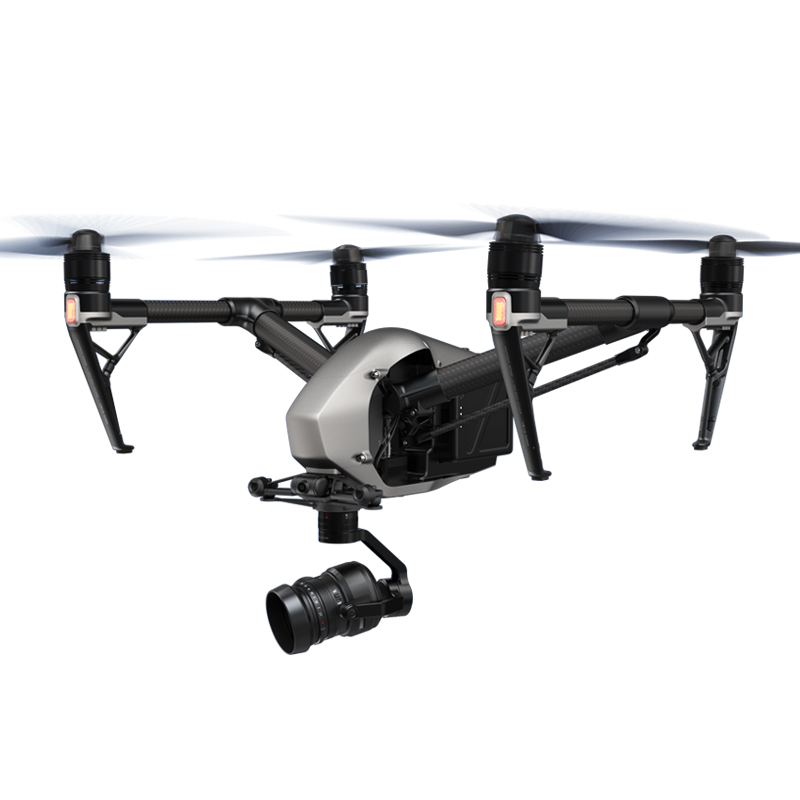

Smooth mode: In this mode, pilots activate high frame rates for a more cinematic look to signal latency is decreased to ≤ 28 ms.In this mode, latency is as low as ≤ 40 ms.


Obstacle detection sensors can be activated while operating in N mode, which will alert pilots of any detected obstacles and automatically slow down the aircraft. A dedicated Emergency Brake and Hover feature are available in all flying modes to make the drone stop and hover in place at any time during the flight. While in the air, pilots can also use a suite of safety features. S mode is the middle step between the three modes and developed to give pilots more room to explore their skills as they get accustomed to FPV flight. Sport (S) Mode: A new hybrid blend of M and N mode, S mode offers some of the dynamic movement capabilities that come with M mode along with some of the key safety features of N mode.While in M mode, all sensors and hovering features are disabled.
#Dji fpv range manual#
Manual (M) Mode: Take full control over the drone with M mode which is designed for more experienced users.Pilots are tasked with maneuvering the drone away from any detected obstacles. The most approachable flight mode, N mode allows for obstacle detection sensors on the front to be activated to warn when obstacles are near and slow down. Normal (N) Mode: During N mode operation, DJI FPV operates similar to other DJI drones, hovering in place with the use of GPS and/or visual positioning systems (VPS) on the bottom of the drone.Experience For Every Skill LevelĭJI states the DJI FPV is the first integrated FPV drone that allows pilots from beginners to professionals to choose from multiple flight modes to match their skill level: In many jurisdictions, drone pilots flying with FPV goggles must be accompanied by a visual observer to watch for airspace hazards. DJI FPV’s advanced safety features include a new Emergency Brake and Hover feature to help make flying safer and less intimidating for new users, as well as DJI’s suite of industry-leading safety solutions, including GPS-based geofencing to advise pilots of airspace restrictions and potential hazards, and an ADS-B receiver system to warn pilots when other manned aircraft are nearby. The FPV has three distinct flight modes designed for all skill levels and to get pilots accustomed to the system.


 0 kommentar(er)
0 kommentar(er)
